Évariste Vital Luminais (1822–1896) was a prominent French painter known for his historical depictions, particularly of the conflict between the Romans and the Gauls. Born into a politically influential family, he studied under renowned artists such as Auguste Debay, Léon Cogniet, and Constant Troyon. Luminais gained recognition through his exhibitions at the Paris Salon and won numerous awards, including the Légion d'honneur in 1869. His works, celebrated for their idealized portrayal of French history, reflect his mastery of the medium and his engagement with national identity. Luminais also contributed to the art world as a teacher, influencing future artists like Albert Maignan and Emily Sartain. His legacy endures through his paintings and a street named in his honor in his birthplace, Nantes.
Évariste Vital Luminais (1822–1896) was a distinguished French painter renowned for his depictions of early French history, particularly scenes portraying the conflict between the Romans and the Gauls. Born into a politically influential family in Nantes, Luminais was introduced to art early in his life. His family recognized his natural aptitude for artistic expression, leading them to send him to Paris at the age of 18 to study under prominent figures of the time. His tutelage under painter and sculptor Auguste Debay, alongside historical and portrait artist Léon Cogniet, and landscape specialist Constant Troyon, honed his skills and shaped his artistic career.

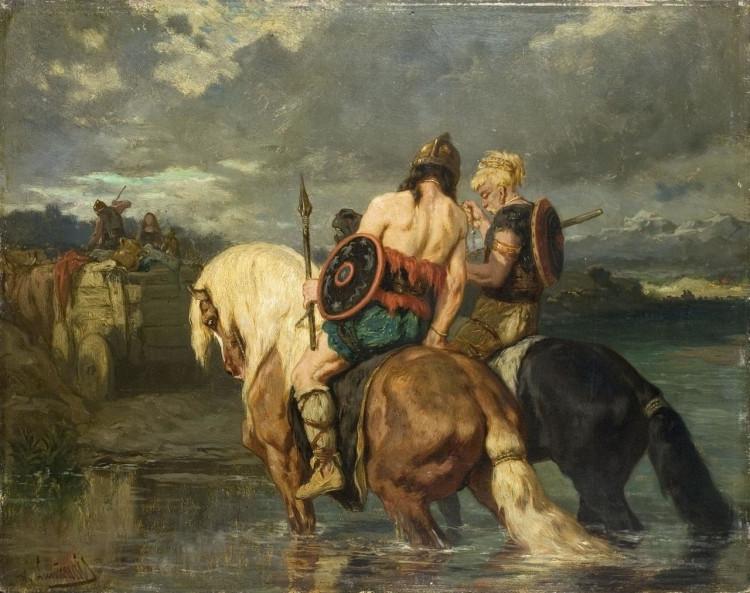
Luminais' early career began with a notable debut at the 1843 Paris Salon, where two of his works were exhibited. His recognition within the art community expanded with multiple awards at subsequent Salons, including medals in 1852, 1855, 1857, 1861, and 1889. He was also awarded the prestigious Légion d'honneur in 1869, solidifying his position as one of the foremost historical painters of his time. As a member of the Société des Artistes Français, Luminais contributed significantly to the cultural and artistic landscape of 19th-century France.
Throughout his career, Luminais developed a specialized interest in depicting the clashes between the Romans and the Gauls. His works, most notably Romans and Gauls (a 19th-century painting housed at the Museum of Fine Arts in Carcassonne), encapsulate an idealized vision of this historical conflict. His depictions of Roman and Gallic horsemen engaged in battle reflect not only his technical mastery of the medium but also his deep engagement with the themes of national identity, myth, and history that were prevalent in French art and culture during his lifetime.
Luminais' personal life was marked by two marriages. His first wife, Anne Foiret, with whom he had a daughter named Esther, passed away in 1874. In 1876, he remarried Hélène de Sahuguet d'Amarzit d'Espagnac, a widow of the War of 1870 and one of his students. His second marriage marked a period of increased personal and professional stability, and Luminais continued to work prolifically both in Paris and in the village of Douadic, located in the Brenne region, where he had a summer house and studio.
The 1889 Exposition Universelle in Paris brought further acclaim to Luminais, as he was awarded the gold medal for his contributions to the arts. His time was divided between his Paris studio at 17 Boulevard Lannes and his summer retreat in Douadic, where the pastoral surroundings inspired much of his later work. He was highly regarded not only for his historical paintings but also for his commitment to teaching. Luminais was one of the few academic painters of his era who taught women, including future artists such as Albert Maignan and Emily Sartain.
Luminais’ influence extended beyond the confines of his own works, as he actively participated in the intellectual and cultural currents of his time. His works reflect the broader 19th-century French preoccupation with historical narratives and national identity. At the same time, he remained dedicated to the portrayal of historical accuracy and grandeur, blending imagination with factual history to create evocative, larger-than-life depictions of the past. His paintings, such as Romans and Gauls, demonstrate his ability to both idealize and dramatize historical moments, presenting them as spectacles of valor and cultural significance.
Évariste Vital Luminais passed away in Paris at the age of 75, and his legacy lives on in the art world. He was laid to rest in the cemetery at Douadic, a place that had been both his summer retreat and creative sanctuary. In Nantes, his birthplace, a street bears his name, ensuring that his contributions to French art continue to be remembered. Luminais’ works remain a testament to the grandeur and complexities of early French history, and his artistic endeavors continue to be celebrated in museums across France.
In sum, Évariste Vital Luminais stands as an important figure in 19th-century French painting, celebrated for his vivid historical scenes and his ability to merge historical fact with imaginative interpretation. Through his legacy, he remains one of the central painters of the Romantic era’s fascination with history and national identity.
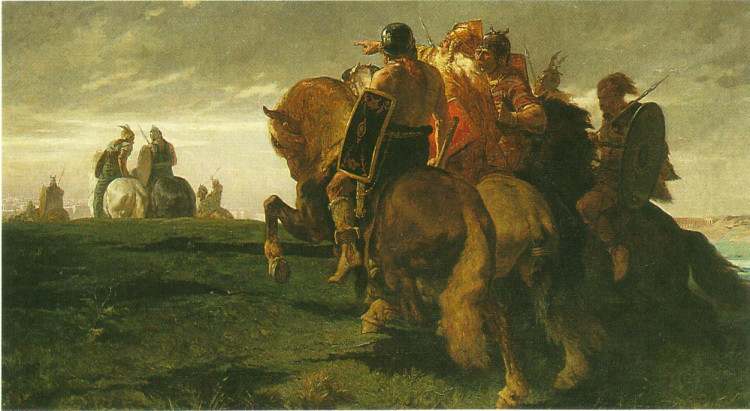






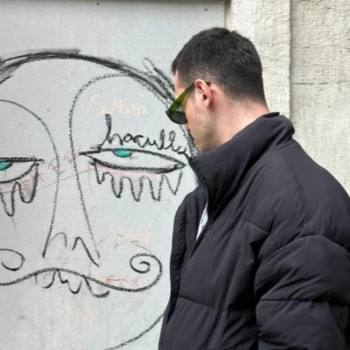

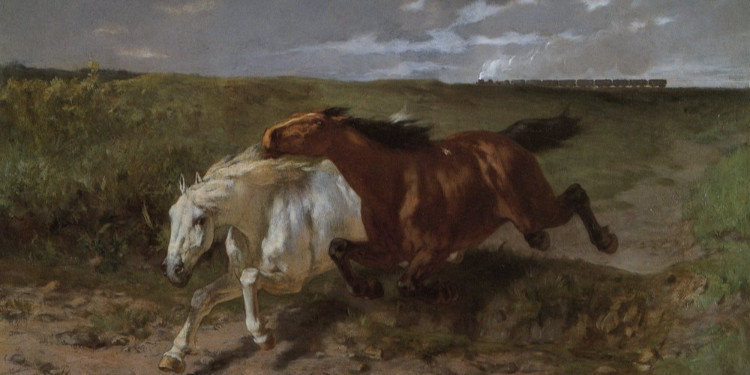
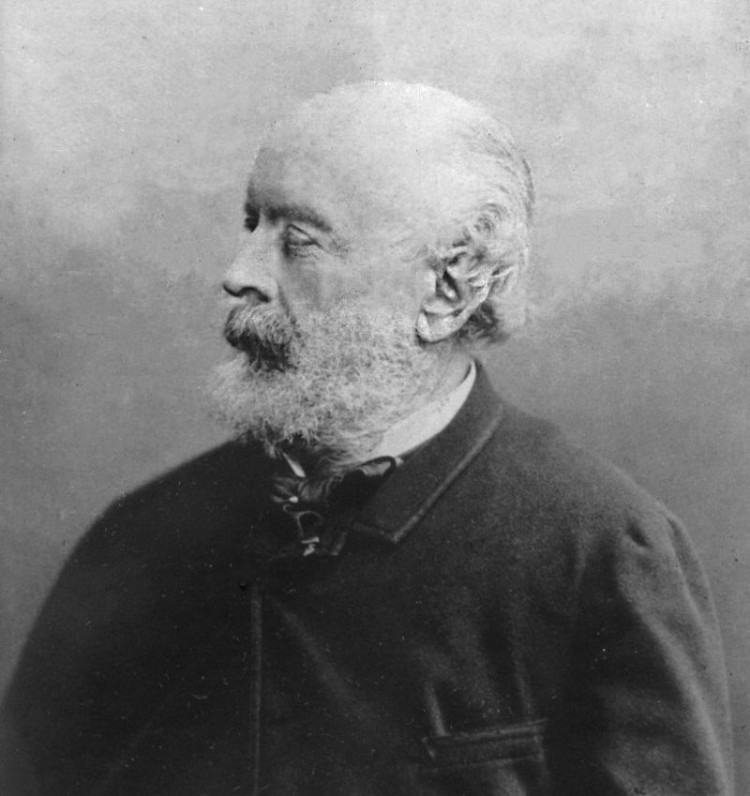
Yorum Bırakın